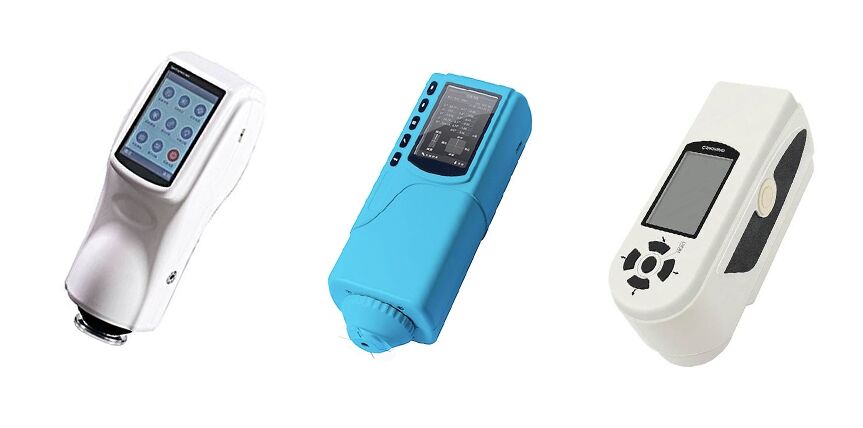Colorimeter: Working Principle, Type and Application
Colorimeter is also called the color meter, it is a kind of measuring instrument for material color characteristics, colorimeter is primarily used to measured the color of the material, color, color value measurement and analysis, if the colorimeter machine with computer, can improve the ability of analysis and processing of color, and the user can according to need to color from computer storage in the library to find out all kinds of data for color matching. In this article, we will introduce some basic about colorimeter.
Working Principle:
At its most basic, a colorimeter works by passing light of a particular wavelength through a solution and then measuring the light on the other side. In most cases, the thicker the solution, the more light is absorbed, as can be seen in the difference between the light from the source and the light passing through the solution. To find the concentration of the unknown sample, several solution samples of known concentrations are first prepared and tested. They are then plotted on a chart to produce a calibration curve. When testing an unknown sample, the results are compared with the known sample on the curve to determine the concentration.
Type:

There are many different types of colorimeters, including color densitometers, which measure primary color density, and color photometers, which measure color reflection and transmission. Models are digital colormiter, laboratory colormeter and pocket colormeter. Digital versions are commonly used for sampling in a laboratory setting or for educational purposes in the classroom. The portable version can be carried around to test water and soil samples in the field, regardless of environmental conditions.
A spectrophotometer is a photometer for measuring light intensity, usually combined with a colorimeter, but technically it is a different device. Both methods rely on beer-Lambert's law to calculate the concentration of a substance in a solution, but they do it differently. Colorimeters measure only red, green and blue light, while spectrophotometers can measure the intensity of any light at the wavelength of visible light. In general, spectrophotometers are more complex and less robust than most colorimeters. Extra care should be taken in handling and regular recalibration should be required. The colorimeters available in ATO store are all portable.
Application:

Luminance meters can be used to measure all types of light sources, such as signal lights, traffic lights, airport lighting, lamps, leds, picture tubes, LCDS, and other almost luminous objects. Due to the increasing demand for diversified media due to the development of information technology business, and the launch of comprehensive digital broadcasting services, the research and development of various display devices centered on plasma display screen and LCD has been accelerated. Innovation in LED technology has LED to major breakthroughs in the development of LED products, including traffic lights, backlights that reflect LCDS and large outdoor display screens.
Colorimeters can be used in a variety of industries and environments. Small portable devices can be used to analyze color contrast and brightness on a TV or computer screen, and the user can then adjust the Settings to get an excellent quality image. In printing industry, colorimeter is the basic element of color management system.
Diamond merchants use colorimeters to measure the optical properties of gems. In cosmetic terms, the device is used to measure the sun protection factor of products applied to the skin. Portable colorimeters can analyze skin color and tooth color to help diagnose certain diseases, and hospitals even use some type of device to measure the concentration of hemoglobin in blood.

